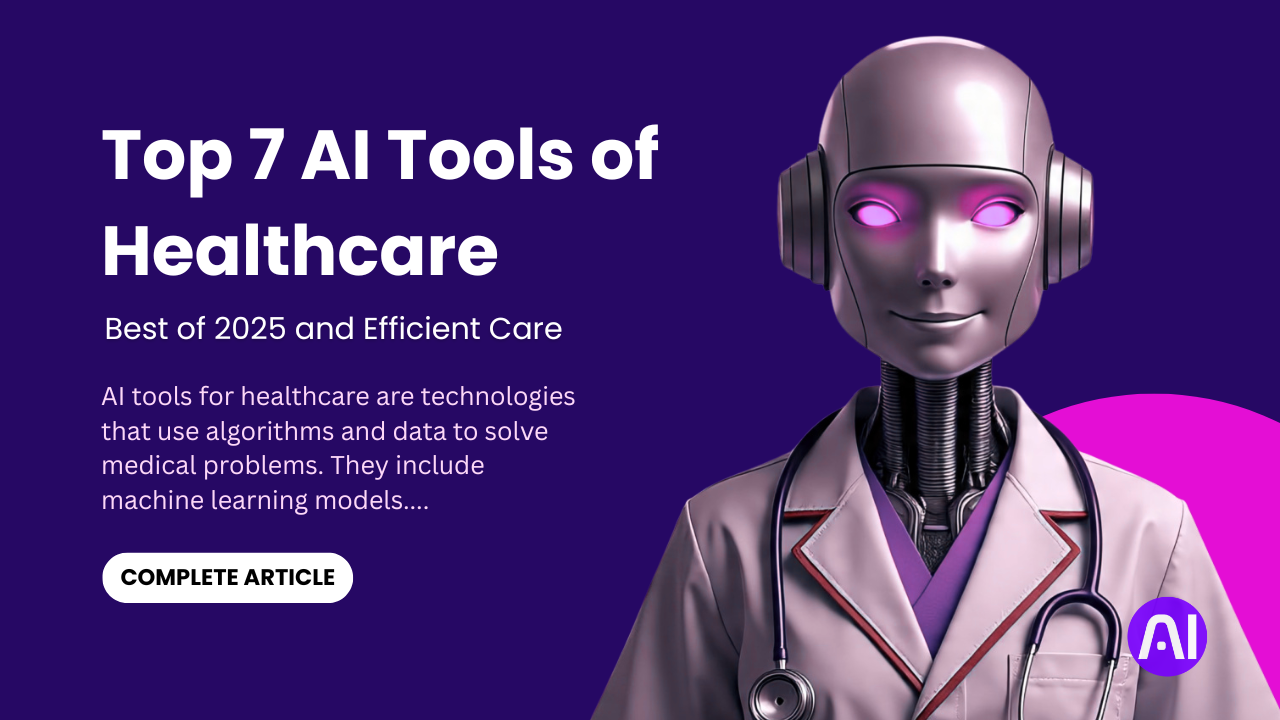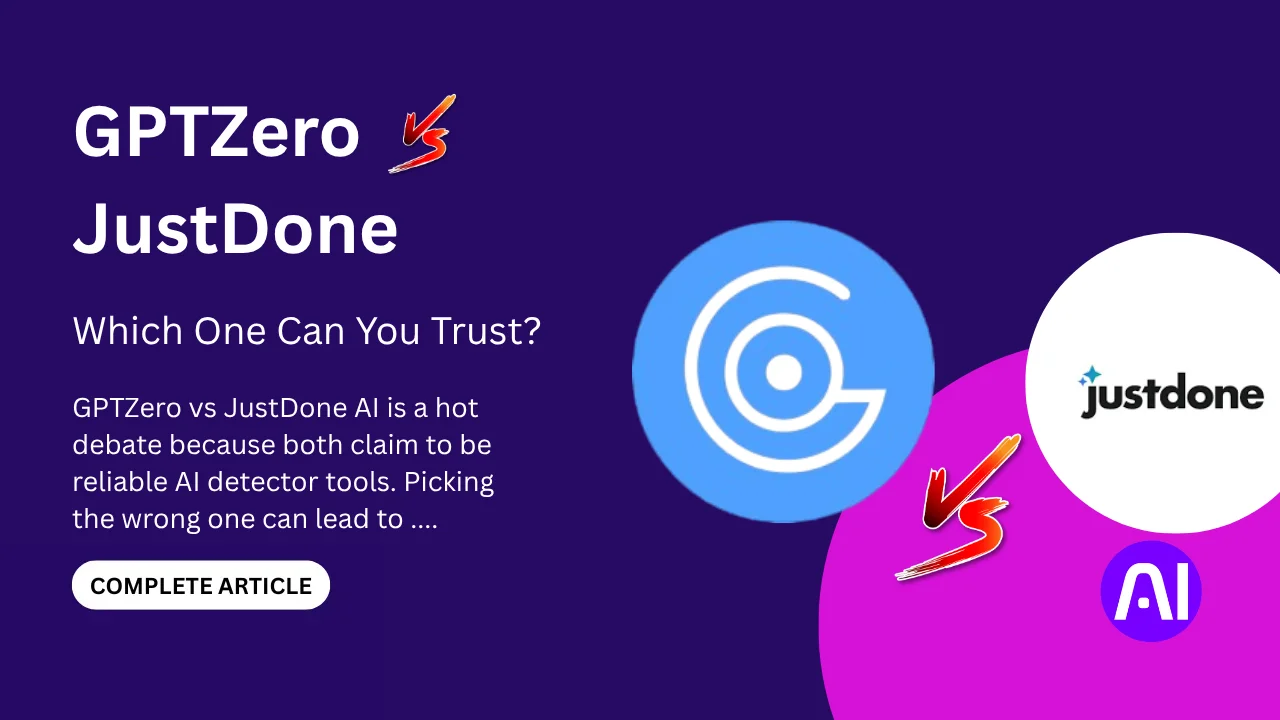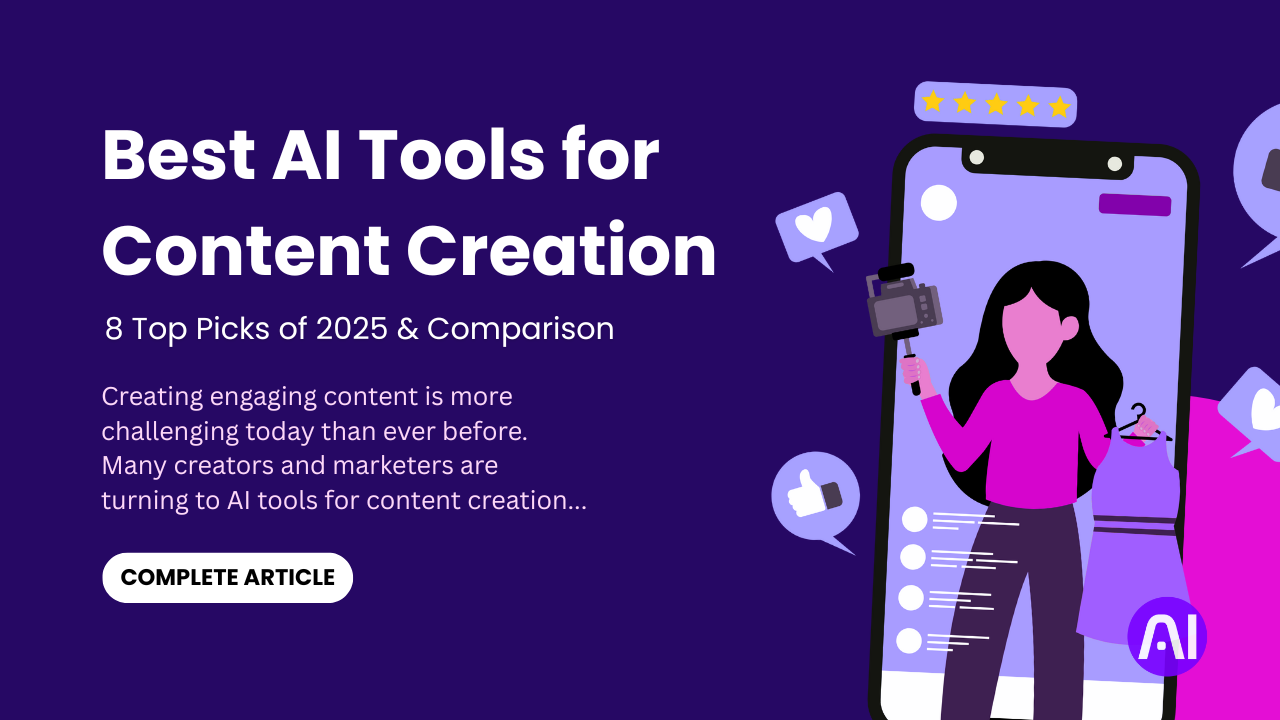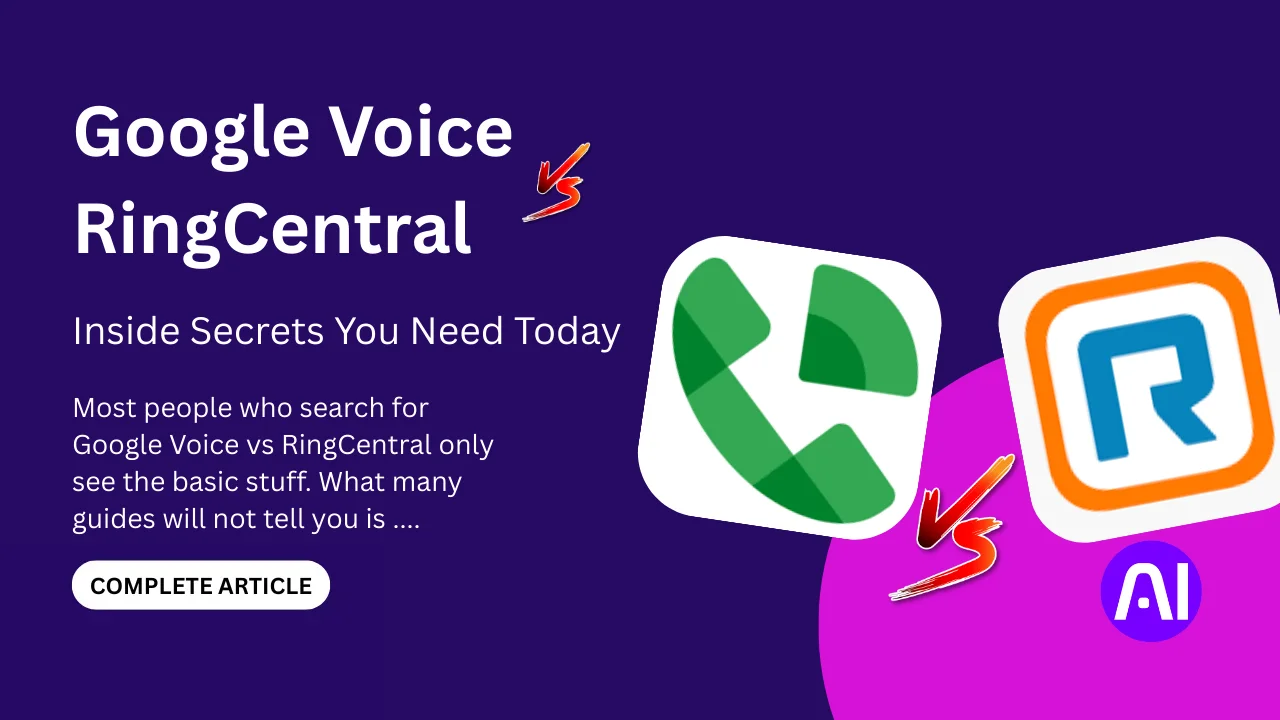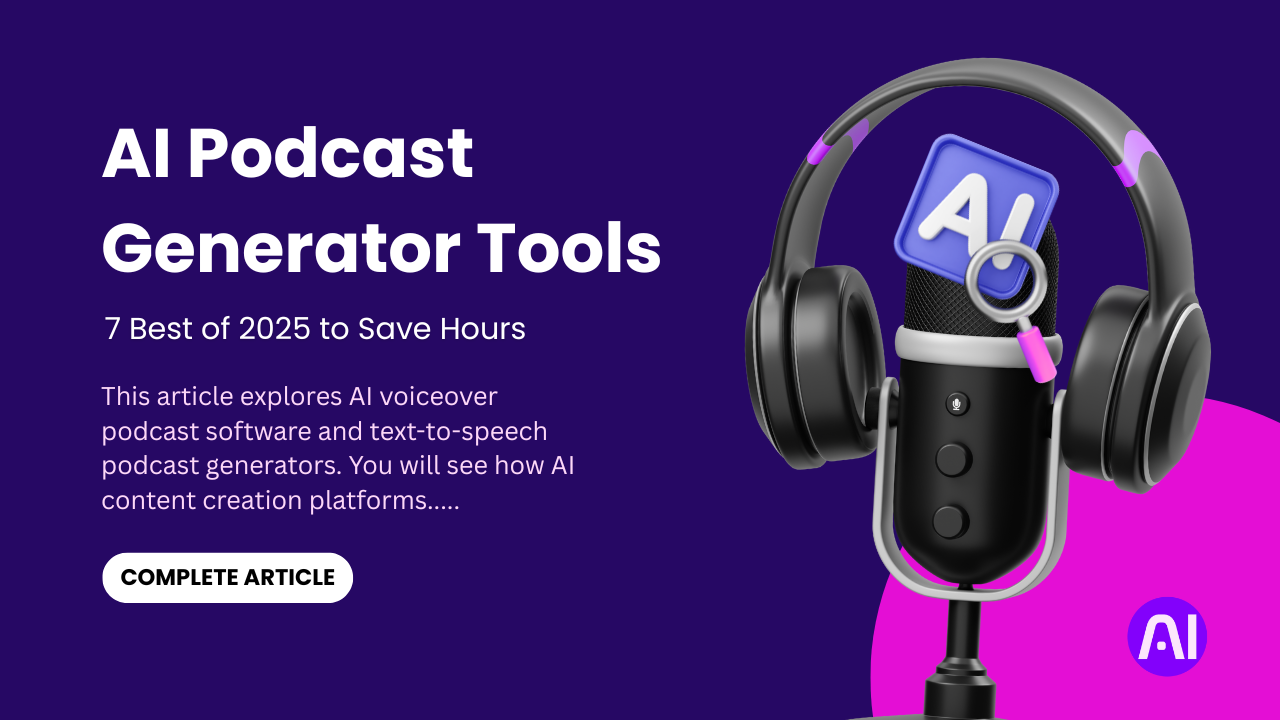General learner outcomes are the skills and values students build to succeed in school and life. These are not just about passing exams. They help shape how students think, act, and grow as people in the real world.
In today’s world, AI is changing how we learn. Understanding how general learner outcomes with AI shape student success is key. These outcomes support student development goals, help build 21st-century skills, and guide whole-learner development. When used with smart tools, they help students become creative, curious, and better problem-solvers.
This article will show you how schools can align these goals with AI educational outcome standards. You’ll learn how to plan, track, and improve learning habits using AI. We’ll talk about the role of ai critical thinking skills and how to design a smart curriculum. Each part will give you easy steps and tips you can use. If you’re an educator, parent, or student, this guide will help you understand why these skills matter and how AI can help shape a better future.
What Are General Learner Outcomes?
General learner outcomes, or GLOs, are the skills and values students should develop during their education. These are not tied to one subject. They help learners grow in all parts of life. Schools use GLOs to shape students who are ready for the future.
GLOs in Action
A clear example of GLOs comes from the Hawai‘i Public Schools. Their framework includes goals like:
- Self-directed learning: Students take charge of their own learning. They set goals and work on them without needing someone to always guide them.
- Ethical reasoning: Learners think about right and wrong. They make good choices and act with honesty and care.
- Effective communication and collaboration: Students learn how to listen, speak clearly, and work well with others in teams or group settings.
These examples show how GLOs focus on lifelong learner attributes, not just academic knowledge.
Global Approaches to GLOs
Many global education systems now follow similar learning outcomes frameworks. For example, the European Qualifications Framework (EQF) helps set goals for what learners should know and be able to do. It covers things like problem-solving, responsibility, and social skills.
Another helpful method is constructive alignment. It means that teaching, activities, and assessments must all support the same learning goals. This way, students stay on track and build strong skills with real meaning.
Modern schools use these ideas to improve how they teach. By focusing on general learner outcomes, they help students become active thinkers and responsible citizens.
Why GLOs Matter
In short, GLOs prepare students for life, not just tests. They support the whole person. When mixed with AI tools and smart planning, these goals can boost learning in powerful ways. They also guide teachers in building strong habits that last a lifetime.
How General Learner Outcomes with AI Shape Student Success

Today’s classrooms are not what they used to be. Students now learn with the help of smart tools that use artificial intelligence. These tools are changing how schools apply general learner outcomes. They help students think better, act smarter, and work more independently. This is how general learner outcomes with AI shape student success.
AI Makes Learning Personal
AI tools like MagicSchool, Khanmigo, and Karim help students follow their own personalized learning paths. These paths adjust to the speed, interest, and skill level of each student. When learners go at their own pace, they stay engaged and motivated. Tools like Khanmigo even suggest better learning choices based on a student’s progress.
With the help of AI, learners are not just reading or watching lessons. They are solving problems, asking deep questions, and making real decisions. This helps build ai critical thinking skills. These are key parts of ai educational outcome standards, which schools now use to guide learning with technology.
Growing Skills for Life
GLOs teach skills that stay with students forever. These include:
- Being responsible and ethical
- Solving real-world problems
- Working well in teams
- Thinking for yourself
AI supports all of these by offering real-time feedback. For example, when a student writes an answer, AI tools can ask follow-up questions to help them go deeper. This supports adaptive learning and helps develop strong reasoning.
Many schools use AI-powered assessments to track progress. These are tests that change based on how the student performs. If a question is too easy or too hard, the system adjusts. This helps teachers see what students truly understand.
Real Use Cases
In some schools, students use Karim to write, edit, and rethink their essays. The AI helps them spot grammar issues, ask clearer questions, or even rewrite ideas in a new way. This builds communication and ethical reasoning, which are core parts of GLOs.
Teachers using MagicSchool have shared how it helps students stay focused and involved. The tool breaks lessons into easy steps. It gives voice notes, images, and small tests. This boosts AI-driven student engagement. Students stay active, not bored.
Teachers can also learn from these tools. According to this blog from NWEA, educators are using AI not just for content delivery but also for growing their own skills. This way, AI becomes a tool for both students and teachers.
Smart Design Matters
To truly help students, AI tools and GLOs must work together. That is why smart schools now use constructive alignment. This means they match learning tasks, tools, and tests with real goals. When GLOs are used with AI, the learning becomes focused and meaningful.
Also, new global frameworks like the EQF are helping schools shape ai educational outcome standards. These standards make sure that technology builds real skills, not just test scores.
Final Thoughts
When we mix strong goals like GLOs with smart tools like AI, the results are powerful. Students learn how to think, act, and grow. They become more than test-takers. They become lifelong learners with a clear purpose.
With the help of tools like Khanmigo, MagicSchool, and Karim, schools can now shape a better future. They can prepare students to face change, solve problems, and make a real impact. This is the heart of how general learner outcomes with AI shape student success.
Implementing GLOs & AI in Curriculum Design
Implementing GLOs & AI in curriculum design is not hard when you follow simple steps. It helps schools move from old ways to modern learning. With clear goals and smart tools, teaching becomes more focused, fair, and fun for both teachers and students.
Step 1: Map GLOs to Course Objectives
Start by matching each general learner outcome to your subject goals. For example, if your subject is science, link “self-directed learning” to project work. Connect “ethical reasoning” to classroom rules or lab safety.
This is called curriculum alignment. It makes sure lessons, tests, and goals work together. This method supports competency-based instruction, where students learn at their own speed and show skills through real tasks, not just exams.
You can use AI tools to help in this step. TeachAI and NWEA offer prompt ideas to build lessons around key outcomes. One prompt could be: “Create a lesson plan that teaches teamwork and critical thinking through a group science project on climate change.”
Step 2: Use AI-Generated Lesson Plans and Rubrics
AI can create daily lesson plans in minutes. These plans are smart. They include goals, materials, and even questions to ask. Tools like MagicSchool or TeachAI give teachers rubrics too. A rubric shows how to grade students in a fair way. This saves time and keeps the focus on what matters most.
These tools also support digital curriculum strategy. That means using tech to build better learning plans. It helps track progress, spot weak areas, and adjust tasks fast.
Here’s a sample prompt to try: “Make a rubric to assess student growth in collaboration and problem-solving during a group history project.”
Step 3: Build Learning Habits with AI Support
Students need good learning habits to reach GLOs. These habits include planning, asking questions, and reflecting. AI can help build these through small steps, also known as scaffolding. It gives feedback, reminders, and support right when students need it.
This helps with learning habit formation. For example, Karim can suggest new study tips if a student often misses deadlines. Or Khanmigo can coach students to ask better questions during reading time. Over time, students build habits that stay with them.
Final Thoughts
With the right tools and planning, implementing GLOs & AI in curriculum design becomes a smooth process. It lets teachers create lessons that matter. It gives students the support they need to grow in skills and values. Most of all, it brings real change to classrooms and prepares learners for the world ahead.
Measuring & Assessing General Learner Outcomes Effectively
It is not enough to teach general learner outcomes. We must also measure them the right way. Old grading systems based on time spent in class no longer work. Schools now focus on skills, not just attendance or test scores. This helps track student development goals more clearly.
Skills-Based Rubrics
Teachers now use rubrics to check progress. A rubric is a simple chart. It shows what a good answer looks like. It lists key skills like ai critical thinking skills, teamwork, or responsibility.
For example, a rubric may ask:
- Did the student solve the problem in a smart way?
- Did they explain their thinking?
- Did they work well with others?
Rubrics help both teachers and students know what to aim for. They also help track growth over time. This is part of skills-based assessment, which is now more popular than old tests.
Digital Portfolios for Reflective Learning
Students can now show their learning through reflective learning portfolios. These are digital folders where they upload their work. It can include writing, videos, or photos of group projects.
The portfolio shows how a student thinks, grows, and solves problems. It also highlights their values, not just facts. This is great for tracking student development goals and soft skills.
AI can help review these portfolios. Tools can scan work and give feedback on writing, logic, or depth of thought. This supports competency tracking across different subjects.
New Ways to Measure Growth
A major change is happening in how schools grade. One strong example is the Carnegie Foundation and ETS initiative, which is pushing to end the old seat-time model. As reported by Time, this move supports real-world learning instead of just counting hours in class.
Now, students can move ahead by showing skills, not just spending time. This change is big. It means more freedom and fairness. It also means GLOs can be part of every subject and task.
AI tools make this shift easier. They can measure small changes in student behavior and performance. This includes how well a student uses ai critical thinking skills in writing or debate. It helps schools offer better support when needed.
Final Thoughts
To assess GLOs well, schools must move beyond old grading. They need clear rubrics, smart tools, and real feedback. With skills-based assessment and AI, we can track the growth that truly matters. This leads to stronger students, smarter learning, and a better future for all.
Real‑World Examples & Case Studies
Many schools and colleges across the world are now using general learner outcomes with AI to improve learning. These programs use skills like self-directed learning, ethical reasoning, and teamwork as their core goals. They also follow smart global ideas like outcome-based education and learner-centric pedagogy.
NEP India and Outcome-Based Education
India’s National Education Policy (NEP) is one strong example. According to The Times of India, NEP focuses on making students think for themselves. It wants learners to become good decision-makers and problem solvers. Schools now use outcome-based education to plan lessons and check student growth.
In this model, students do not just sit in class and take tests. They solve real problems, build projects, and reflect on their work. AI tools help teachers follow progress. They show how well students meet learning goals like collaboration and self-learning. This makes teaching more focused and fair.
University Use of AI and GLOs
Some top universities are also mixing AI with general learner outcomes. For example, Arizona State University uses AI tutors to guide students. These tools help build self-learning habits. The AI gives quick feedback, suggests reading tips, and even reminds students about deadlines. This builds stronger learning habits and makes students more responsible.
In Singapore, many schools teach ethical reasoning as part of their digital education. Students learn how AI works and how to use it in a fair and honest way. This is called ethical AI education. It shows how schools can teach both values and tech skills at the same time.
Collaboration and Learner-Centric Methods
In the UK, schools are testing AI chatbots that help students work in teams. The bot gives ideas, asks questions, and checks if everyone is joining in. This makes group work better. Students also learn how to talk and listen to each other, which is a key part of GLOs.
These real-world models show how schools can shape strong minds. They follow learner-centric pedagogy, where each student’s path matters. AI helps by guiding learning in small steps. Teachers spend more time coaching and less time grading.
Final Thoughts
Schools that mix AI with GLOs are building better futures. They are not just teaching subjects. They are helping students think, grow, and act with purpose. These global education models prove that smart tools and strong goals can work together to shape learners who are ready for life.
Tools, Templates & Resources for Educators
Teachers today have access to many tools that make it easier to bring general learner outcomes and AI into the classroom. These tools save time, improve lessons, and support student growth. From AI prompt libraries to ready-to-use trackers, educators now have smart help at their fingertips.
AI Tools for Lesson Planning
AI lesson planning tools like Teachfloor, MagicSchool, and Khanmigo are now used by schools around the world. These tools create full lessons in just minutes. You only need to enter a topic or goal. The system then gives you a full plan with activities, outcomes, and even questions to ask students.
For example, Teachfloor lets you build step-by-step lessons using AI. It also gives feedback on how to make your lesson more engaging. MagicSchool offers a library of smart prompts. These help you build lessons that match general learner outcomes like self-learning and teamwork.
Khanmigo is another smart option. It works like a teaching assistant. It suggests ways to adjust lessons based on how your class is doing. According to Paradiso Solutions, many schools use Khanmigo for flexible, daily support.
Rubric Creation and Mapping Tools
It is also easy to create grading tools. Rubric creation tools let you build clear and fair ways to measure student skills. You can use templates from NWEA or MagicSchool. Just add the outcomes you want to assess, like critical thinking or collaboration, and the tool makes a full rubric.
Mapping sheets are also helpful. They help you match course topics with general learner outcomes. This keeps your lessons on track. These templates can be printed or used online.
Habit Trackers and Micro-Learning Templates
To support student growth, habit trackers are useful. These simple charts help students reflect on their learning each day. They mark goals like asking questions, finishing tasks, or staying focused. Over time, this builds strong learning habits.
You can also use micro-learning templates. These are short lessons that take 10 to 15 minutes. They are great for quick reviews or skill-building. Many teachers use these for reflection or teamwork tasks.
Building Your Teacher Toolkit
Many of these tools are free to download or use online. Sites like Teachfloor, NWEA, and Paradiso Solutions offer a full teacher resource toolkit. You can find:
- Rubric templates
- Lesson plan generators
- AI prompt libraries
- Mapping sheets
- Habit trackers
- Student reflection logs
With these tools, teachers can bring AI and general learner outcomes into any class. The process becomes easier, faster, and more fun for everyone. Most of all, it helps build a learning space where every student can grow.
Real-World Case Studies: AI + General Learner Outcomes in Action
Case Study 1: Islamic College of Brisbane AI Homework Tracker
In Queensland, Australia, teachers tried a new AI system to track student performance. The AI helped predict which students might fall behind. It looked at attendance, behavior, and wellbeing checks. This let teachers give help early. The school aims to add adaptive homework in the future.
User: Islamic College of Brisbane
Challenge: Students sometimes struggle and no one notices early.
Solution: AI tracked grades, attendance, and behavior to spot early warning signs.
Takeaway: When AI helps teachers see issues early, they can give support faster and keep students on track.
Case Study 2: Willowdown Primary School in England
In Somerset, England, Willowdown Primary School used AI to turn student writing into pictures. Students wrote a description. AI turned it into an image. Then children talked about whether the image matched their ideas. This made descriptive writing stronger and more fun.
User: Willowdown Primary School, Somerset, England
Challenge: Students had weak descriptive writing and low creative spark.
Solution: AI made images from their text to spark discussion and deeper thinking.
Takeaway: Using AI to show students’ words as pictures helped them think more deeply and write better.
Case Study 3: Parkview Middle School, Iowa, USA
At Parkview Middle School, teachers used tools like MagicSchool AI and ChatGPT. One teacher used MagicSchool to support students who speak other languages. Another teacher made reading passages tailored to skill needs using ChatGPT. This helped students learn faster and feel included.
User: Parkview Middle School, Ankeny, Iowa
Challenge: Some students struggled with English and learning support was limited.
Solution: AI tools created custom learning activities and reading passages based on each student’s needs.
Takeaway: Tailoring reading and lesson content with AI helped students engage more and learn better.
Each school used AI in different ways. But all of them focused on real learner outcomes like thinking better, working together, or learning on their own. These examples show how AI, when used carefully, can support student growth in real classrooms.
Tips for Engaging Both Beginners & Pros
Teaching with general learner outcomes and AI is not just for experts. Whether you are new or have years of experience, there are ways to grow and make your classroom better. With the right tools and steps, anyone can bring modern learning to life.
Getting Started as a Beginner
If you are just starting, keep it simple. First, learn what general learner outcomes are. These are skills students need for life, like problem-solving, communication, and self-direction. You do not need to know everything at once. Just start with one goal at a time.
Use free AI tools to help. MagicSchool, Khanmigo, and Teachfloor offer easy ways to make lessons and quizzes. These tools guide you step by step. You can type in a learning goal and get a full plan in seconds.
Try this: map one GLO to a lesson you already teach. For example, if you teach history, link a debate project to communication skills. This is called step-by-step mapping. Over time, this process becomes easy and natural.
Also, start using micro-lessons. These are short lessons that take just a few minutes. They are perfect for building skills like reflection and teamwork. Micro-learning trends show that short and clear lessons help students learn better.
Going Further as a Pro
If you already use GLOs and AI, there is still more to explore. One key area is data. AI tools can track how students learn and where they struggle. This helps you improve your lessons. You can spot trends, fix gaps, and help students more effectively.
Use tools that show data dashboards. These give you a full view of each learner’s progress. You can see how well they perform on critical thinking tasks or how often they work well in teams. This supports continuous improvement and lets you update your plans based on real evidence.
Also, explore new teaching trends. According to Exploding Topics, neuroeducation and AI-based critical thinking curriculum are on the rise in 2025. These methods focus on how the brain learns best. They mix science, habits, and smart tech to build deeper skills.
Join or build a professional learning community. This is a group of teachers who share ideas and support each other. You can swap lesson plans, talk about what works, and test new tools. Many online forums and teacher networks are free and easy to join.
Keep It Human and Simple
No matter your level, always keep your teaching human. Use tech as a helper, not a boss. Talk with your students, listen to their needs, and adjust as you go. Keep lessons simple, goal-focused, and active.
Even small steps can lead to big change. You do not need to be perfect. What matters is helping students grow with real skills they can use anywhere. With smart tools and a clear focus on general learner outcomes, every teacher can shape better learning for everyone.
Common Pitfalls & How to Avoid Them
Using general learner outcomes and AI in classrooms can bring great results. But it is also easy to make mistakes. Many teachers try new tools without planning. Some forget to connect goals to real skills. Others trust AI too much. Let’s look at the common problems and how to fix them.
Misalignment of Outcomes
One big issue is outcome misalignment. This means your lesson plan does not match your goals. For example, you may want to teach collaboration, but your activity only tests memory. This creates constructive alignment errors. Students get confused and may not learn what you expected.
To fix this, start every lesson with one clear goal. Use mapping sheets to match your activity with that goal. Check if your test or task measures the right skill. If not, adjust it. AI tools like rubric creators can help you stay aligned.
No Measurable Goals
Another common problem is not having clear or measurable goals. If you cannot track progress, you will not know if your students are learning. Goals like “be a better thinker” sound nice but are too vague.
Make your goals simple and clear. For example, “give two reasons for your opinion” is easy to check. Use skills-based assessment or digital rubrics to track growth. AI tools can show trends and help you improve instruction step by step.
Overusing Keywords
Teachers or content writers sometimes try to use too many keywords when writing lessons or blogs. This is called keyword stuffing. It may hurt search rankings and confuse readers.
Use keywords naturally. Write for people, not machines. If your message is clear and helpful, your content will still rank well. Keep sentences short and simple. Let the ideas flow in a human way.
Overreliance on AI Tools
AI can make teaching easier. But trusting it too much is a mistake. Some teachers stop checking the content AI gives them. This can lead to poor lessons or wrong facts.
Use AI to support your ideas, not replace them. Always review AI content before using it in class. Keep teaching personal. Let AI handle small tasks like feedback or quiz creation.
Ethical Use of AI
Many worry about how AI is used in school. If not handled well, it can lead to bias. Some AI tools may give different answers to different students, which is not fair. This makes ethical AI in classrooms very important.
To fix this, learn about AI bias mitigation. Choose tools that follow clear safety rules. Make sure students know how to use AI with care. Teach them to think, question, and reflect.
Final Thoughts
Every new method has its risks. But most mistakes are easy to avoid. Focus on clear goals. Stay aligned. Use AI as a helper, not a teacher. Keep your content honest and helpful. With these steps, you can bring the best of GLOs and AI into your classroom, without the common traps.
Conclusion
In closing, when you combine general learner outcomes with AI, you help students build real skills that prepare them for the future. This mix creates future-ready learners who are thoughtful, ethical, and adaptable. They learn not just facts, but how to think and act with purpose.
If you are an educator, now is the time to try one change. Pick a single general learner outcome, maybe self-directed learning or collaboration and integrate it into one lesson. Then use a free AI tool like MagicSchool, Teachfloor, or Khanmigo to support that lesson. Take note of how it changes student engagement or critical thinking ability.
To help, we offer free downloadable resources like rubric templates, mapping sheets, and habit trackers. Use them to guide your planning, track progress, and build strong learning habits. If you try them out, please share your experience or case study with our community.
Join our educator network where teachers exchange tips, support each other, and celebrate wins. Decide to implement one GLO next week and watch how small changes can spark big growth in your classroom.
Stay updated on AI trends! For more expert tips and the latest breakthroughs, follow AI Ashes Blog. Dive deeper into machine learning, data science, and cutting-edge AI research. Also check out the helpful article Master Rational Reasoning: The Secret Weapon of … for insights that link thinking skills and AI tools.
Thank you for reading. Here’s to building smarter, human-centered classrooms with AI and strong learning outcomes.
FAQs
Q1: What are general learner outcomes?
GLOs are important skills students need, like teamwork, ethical thinking, or working by themselves. These skills help learners grow in school and life long after they finish classes.
Q2: How do general learner outcomes with AI shape student success?
When teachers set clear goals and use AI tools like adaptive tutors or quizzes, students learn better critical thinking, planning, and collaboration skills. AI helps match teaching to student needs.
Q3: How can schools use AI educational outcome standards?
Schools design programs that let students show their skills. AI tools track progress in real time and give feedback so teachers can guide growth.
Q4: How do AI tools build learning habits?
AI tutors like LiveLab can remind students to study, give feedback, and track effort. This helps form strong learning habits over time.
Q5: Can AI tools help measure thinking skills?
Yes. Intelligent tutoring systems like AutoTutor ask questions and give feedback. They help teachers see if students are reasoning and explaining in depth.
Q6: What is adaptive learning?
Adaptive learning uses AI to change lessons based on each student’s answers. It offers easier or harder questions so each learner stays challenged and supported.
Q7: How do digital portfolios support student development goals?
A portfolio is like an online folder. Students upload projects, essays, or work samples. Teachers and students can look back and see real growth in skills like creativity or ethics.
Q8: Why shouldn’t teachers rely too much on AI?
AI can help but it is not perfect. When a tool gives all answers without guidance, students may learn less. Good design and human checks are still needed to teach real skills.
Q9: What is outcome misalignment and how to fix it?
This happens when lessons don’t match the skills they want to teach. Teachers should use mapping sheets to link activities to goals so everything lines up clearly.
Q10: Can GitHub help with general learner outcomes?
Yes. When students use GitHub in class, they learn real teamwork and share project work online. This builds collaboration skills and helps them feel part of a learning community.


